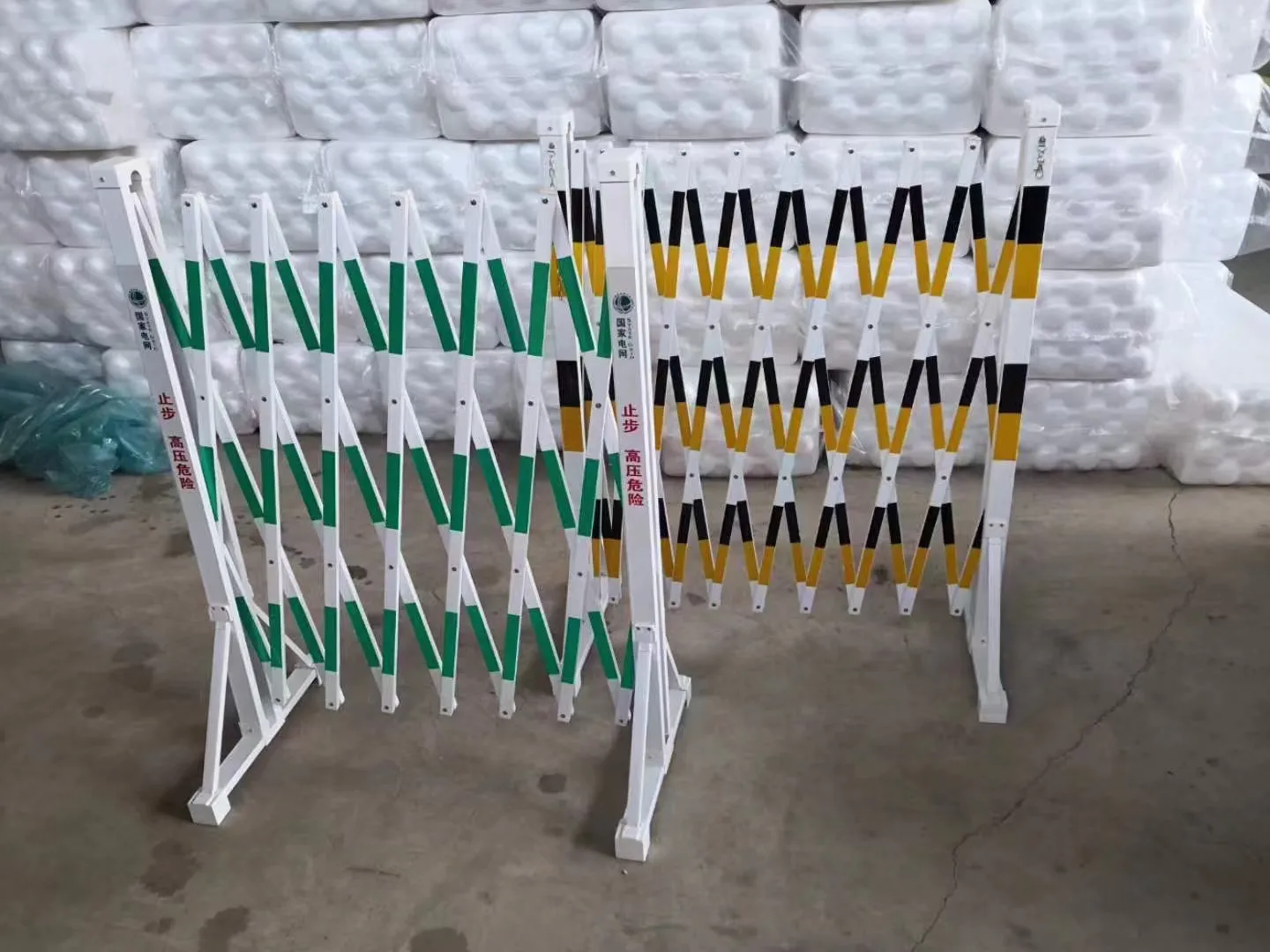loading...
- No. 9, Xingyuan South Street, Dongwaihuan Road, Zaoqiang County, Hengshui, Hebei, China
- admin@zjcomposites.com
- +86 15097380338
- Welcome to visit our website!
Innovative Applications of Structural FRP Fiberglass in Modern Construction and Engineering Solutions
The Promising Future of Structural FRP Fiberglass Advancements and Applications
In recent years, the construction and engineering industries have seen a remarkable shift towards the adoption of advanced materials that can enhance the durability and efficiency of structures. One of the standout materials leading this transformation is structural Fiber Reinforced Polymer (FRP) fiberglass. Known for its high strength-to-weight ratio, corrosion resistance, and design flexibility, FRP fiberglass has emerged as a revolutionary alternative to traditional materials such as steel and concrete.
The Promising Future of Structural FRP Fiberglass Advancements and Applications
The versatility of FRP fiberglass allows engineers and architects to innovate in their designs. Unlike traditional materials, FRP can be molded into complex shapes and tailored to meet specific performance criteria. This adaptability is especially beneficial in creating lightweight structures that don’t compromise strength. For instance, in the construction of pedestrian bridges, FRP fiberglass can reduce labor and material costs while achieving an aesthetically pleasing finish that harmonizes with the surrounding environment.
structural frp fiberglass

Moreover, as sustainability becomes a critical focus in modern construction practices, structural FRP fiberglass stands out for its environmentally friendly attributes. It often requires less energy to produce compared to steel and concrete, and its lightweight nature means that less energy is consumed during transportation and installation. Furthermore, FRP composites can be manufactured with recycled materials, contributing to a more sustainable life cycle for construction projects.
The applications of structural FRP fiberglass are vast and varied, ranging from civil engineering structures to aerospace and marine applications. In the realm of civil engineering, it is predominantly utilized in bridges, tunnels, and stadiums. Its high tensile strength makes it ideal for reinforcing concrete, offering enhanced load-bearing capabilities without the added weight. In the aerospace sector, engineers use FRP for structural components, contributing significantly to aircraft weight reduction and fuel efficiency.
Despite its many advantages, the adoption of FRP fiberglass in construction has not been without challenges. Issues such as high initial material costs, limited industry standards, and the need for more research on long-term durability in extreme environments can impede broader acceptance. However, ongoing advancements in material science and engineering best practices are addressing these issues, leading to an increased understanding of how to best utilize FRP fiberglass in real-world applications.
In conclusion, structural FRP fiberglass represents a significant leap forward in materials technology for engineering and construction. Its unique properties offer solutions for both practical and aesthetic challenges, combining sustainability with performance. As research continues and industries adapt, it is anticipated that FRP fiberglass will become a standard material in construction, driving innovation and paving the way for a more resilient built environment. Moving forward, embracing such advanced materials can help us to build smarter, more efficient, and long-lasting structures for future generations.
-
Premium FRP Handrail for All ApplicationsNewsAug.29,2025
-
Low Maintenance FRP Mini Mesh Grating ProductsNewsAug.29,2025
-
Innovative FRP Square Tubes for Modern Industrial SolutionsNewsAug.29,2025
-
FRP Water Storage Tanks Wholesale Solutions for Bulk BuyersNewsAug.29,2025
-
FRP Molded Grating Solutions for Diverse Industrial ApplicationsNewsAug.29,2025
-
Construction Advancements Through FRP Pultruded ProfilesNewsAug.29,2025
-
Why Choose FRP Railings, Guardrails, and Handrail Systems?NewsAug.29,2025
